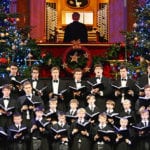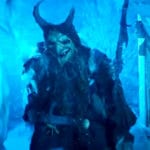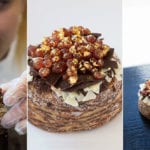 Weird Stuff
Weird Stuff  Weird Stuff
Weird Stuff  History
History 10 Times Trickery Won Battles
 Technology
Technology 10 Awesome Upgrades to Common Household Items
 Misconceptions
Misconceptions 10 Hilarious (and Totally Wrong) Misconceptions About Childbirth
 Weird Stuff
Weird Stuff 10 Warning Labels That Exist Because Someone Actually Tried It
 Health
Health Ten Confounding New Inventions from the World of Biomedicine
 Creepy
Creepy 10 Death Superstitions That Will Give You the Creeps
 Movies and TV
Movies and TV 10 Movies That Get Elite Jobs Right, According to Experts
 Weird Stuff
Weird Stuff 10 Times Real Laws Were Based on Bizarre Hypotheticals
 Animals
Animals 10 Inspiring Tales of Horses Being Human
 Weird Stuff
Weird Stuff 10 Typos That Accidentally Changed History
 History
History 10 Times Trickery Won Battles
 Technology
Technology 10 Awesome Upgrades to Common Household Items
Who's Behind Listverse?

Jamie Frater
Head Editor
Jamie founded Listverse due to an insatiable desire to share fascinating, obscure, and bizarre facts. He has been a guest speaker on numerous national radio and television stations and is a five time published author.
More About Us Misconceptions
Misconceptions 10 Hilarious (and Totally Wrong) Misconceptions About Childbirth
 Weird Stuff
Weird Stuff 10 Warning Labels That Exist Because Someone Actually Tried It
 Health
Health Ten Confounding New Inventions from the World of Biomedicine
 Creepy
Creepy 10 Death Superstitions That Will Give You the Creeps
 Movies and TV
Movies and TV 10 Movies That Get Elite Jobs Right, According to Experts
 Weird Stuff
Weird Stuff 10 Times Real Laws Were Based on Bizarre Hypotheticals
 Animals
Animals 10 Inspiring Tales of Horses Being Human
Top 10 Crazy Christmas Hazards
As the Misfit Toys of the TV Christmas special Rudolph the Red-Nosed Reindeer sing, Christmas is often considered “The Most Wonderful Day of the Year.” For millions or men, women, and children the world over, Christmas is marked by good cheer, fellowship, generosity, wonder, love, faith, hope, and joy.
Unfortunately, as this list demonstrates, not even Christmas is immune from perils. As we deck our halls with boughs of holly, don we now our gay apparel, and go dashing through the snow in a one-horse open sleigh, we’re apt to encounter one or more of these 10 crazy Christmas hazards. By being aware of these dangers, however, we can do our utmost to ensure that our own Christmases remain as safe, and as wonderful, as possible.
10 Bizarre Things You Didn’t Know About Christmas
10 Tinsel
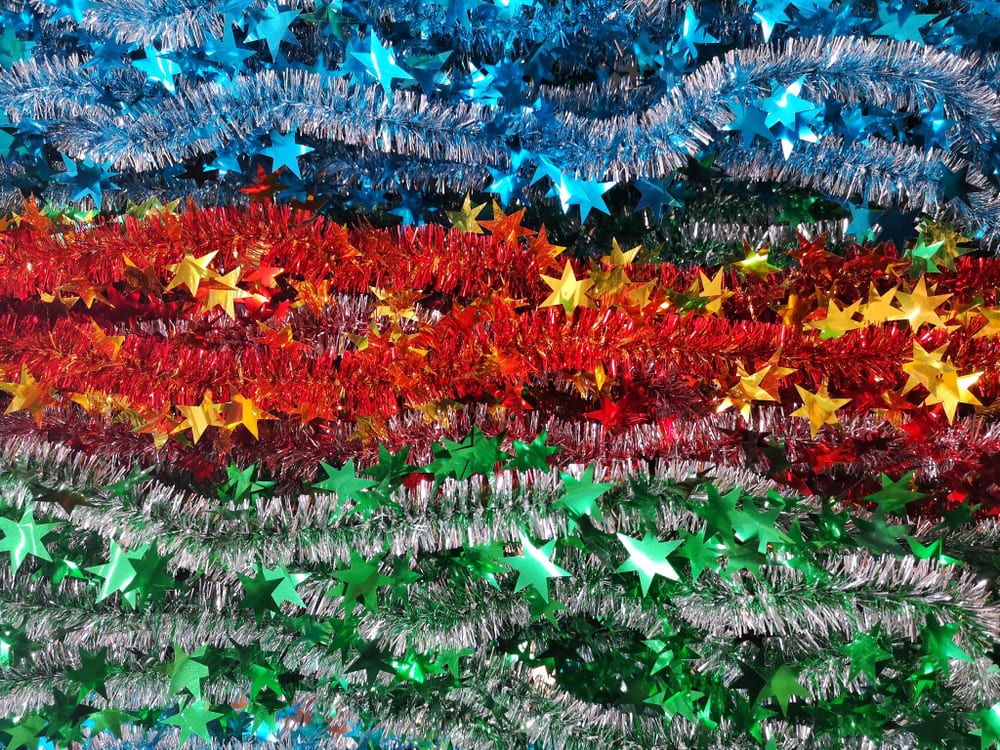
A huge variety of ornaments have been used to decorate Christmas trees, including bells, stringed cranberries and popcorn, flowers, fruit, glass balls, and paper cutouts. In one of its early forms, however, tinsel proved to be a hazard best avoided.
Invented in Germany in 1878, tinsel, or “icicles,” as the decoration was also known, was made of strips of silver foil to hang on the boughs of families’ Christmas trees. The tinsel was beautiful—until it began to tarnish, thanks to the smoke that was inevitable in late-nineteenth-century homes where fireplaces were commonplace and kitchens produced a fair amount of smoke. The solution was to make tinsel from lead foil. In its new form, tinsel remained popular until the mid-1960s.
In was then that the United States government determined that lead tinsel was a possible health hazard to children, who might be poisoned, should they swallow the decorative strands. As a result, manufacturers began making tinsel of aluminum, which was bright, but didn’t “drape well.” Finally, with the introduction of Mylar, which is both light and silvery, the industry found a material that was tarnish-proof, bright, and safe.[1]
9 Artificial Snow
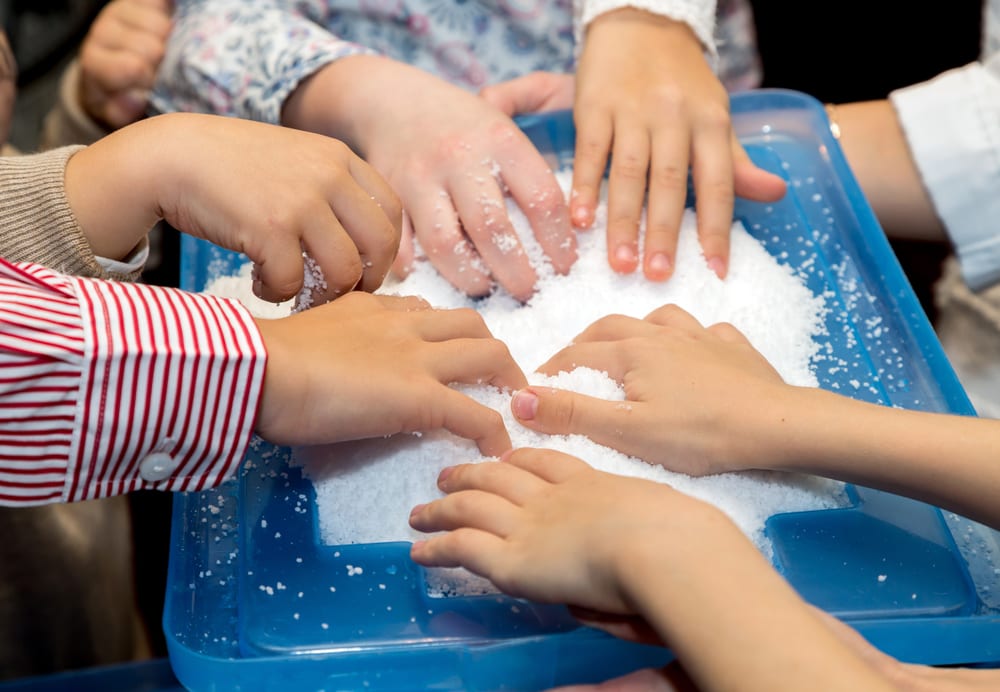
Early on, artificial snow was made from a variety of materials, several of which were hazardous to revelers’ health, including pulverized bottles; “fragments of frosted glass” that could be “sprinkled . . . onto Christmas trees”; and “tufts of cotton,” which, of course, were combustible.
Artificial snow, or “angel-hair,” which was made of asbestos, would neither melt nor burn, and it could be placed around the base of a Christmas tree or used to dress or decorate Christmas tableaux. It looked “freshly fallen,” and it could be heated until it glowed “Christmas-red.” Being fireproof, it was perfectly safe. Or so manufacturers believed until the danger of asbestos was discovered, after which artificial snow made of asbestos quickly disappeared from stores.[2]
8 Candles
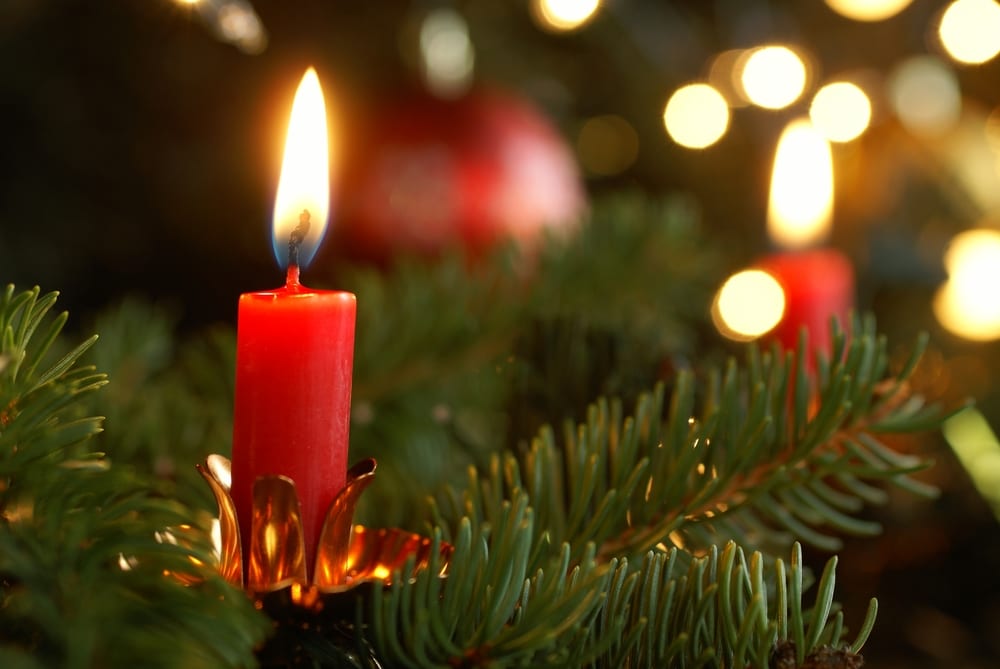
The use of candles to light trees (sometimes, literally) began in the 1600s, in Germany, when people began using “wax or pins” to attach candles to their trees. It’s believed that Harvard Professor Charles Follen, “inspired by the Dutch,” introduced the custom to the United States in 1832, when he decorated a tree with candles. Although candle holders replaced the wax or pins that had previously secured the candles to the boughs of Christmas trees, the candles remained a fire hazard, and many trees decorated with lit candles caught fire, sometimes with devastating, tragic results.
Nevertheless, even after Thomas Edison introduced colored electric lights in 1882, many people, wary of electricity and mindful of the expense of Edison’s newfangled lights, a sixteen-bulb string of which cost $12 in 1900, preferred to take their chances with lit candles, despite President Grover Cleveland’s lighting the 1985 White House Christmas tree with colored electric bulbs. It wasn’t until 1927, when “safe outdoor lights” appeared on the market, that lights, rather than candles, became widely used to light Christmas trees.[3]
7 Exploding Ornament

In 2019, Paul Lanphear visited the emergency room of a Mesa, Arizona, hospital after his son’s “favorite ornament exploded in his face.” He was in the process of installing the Hallmark Christmas ornament’s button batteries when it blew up and he feared debris or battery acid might have gotten into his eyes.
“I guess from now on I’m going to need to wear face protection when I’m changing the ornament batteries. It’s just crazy,” Lanphear quipped.[4]
6 Toys
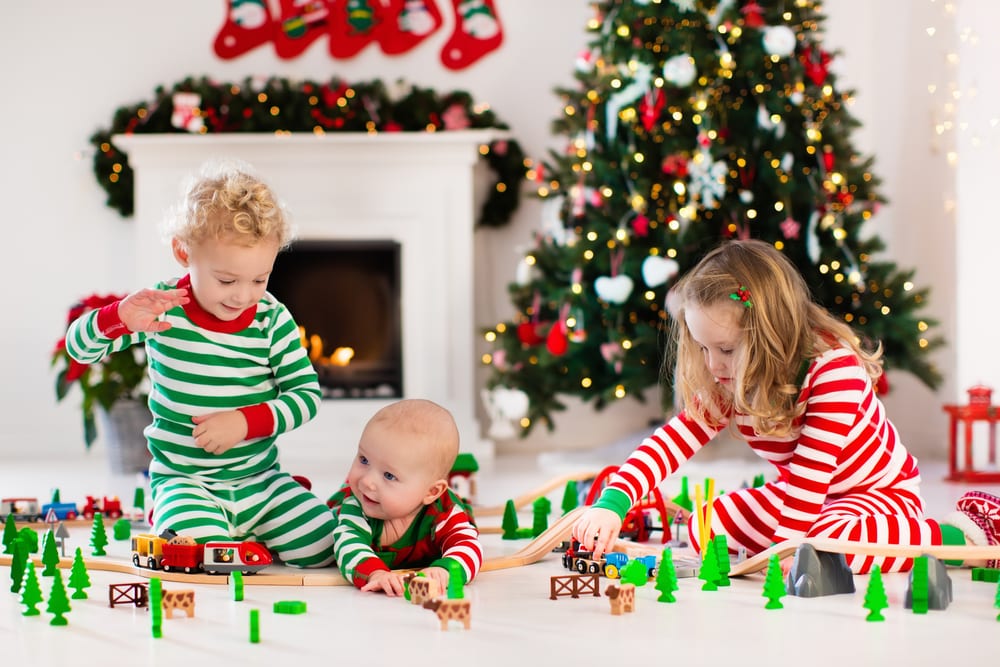
According to World Against Toys Causing Harm, Inc. (W.A.T.C.H.), there are “an average of 240,000 toy-related injuries to children every year,” many of which caused “disfigurements or disabilities,” and “43 children died from toy-related accidents between 2016 and 2018.” Every Christmas, in particular, it seems, unsafe toys appear on store shelves, causing the watchdog group to release warnings to parents and others concerning hazardous toys to avoid.
Last year was no exception. One of the hazardous toys sold for Christmas in 2020 contained “small parts” that could represent “choking hazards” for young children. Another toy launched a “missile” that could injure a child’s eyes or face. A third included potentially dangerous “claws.” A fourth could asphyxiate children or cause problems related to children’s “ingestion” of shredded material. The “’jumbo'[-]size fists” of a fifth could cause “blunt force or impact injuries.”
Other dangerous toys contained potentially harmful chemicals; could “cause damage to the user, spectators, or animals”; could be dangerous if operated around the ears, eyes, or face; could “occlude a child’s airway”; or could cause “blunt force and eye injuries.”
After reading this list, parents might well wonder, What was Santa thinking?[5]
Top 10 Women (Not Called Mary) Who Had A Virgin Birth
5 Common Allergy Triggers

Our holiday decorations have been lying in wait for close to a year, gathering dust in the attic, or mold in the basement, or who-knows-what in the garage, and, now, we’re bringing these allergy triggers into our houses, condos, or apartments. The scented candles wives and daughters love? They’re as likely to trigger an allergy attack as the wood fire that hubbies and sons enjoy.
Other allergy triggers we’re likely to encounter at Christmas include Christmas trees and wreaths, which can contain spores or mold, tree sap, or other substances. Sweets and other treats can cause allergic reactions, too, and some of them can be deadly.[6]
4 Plants
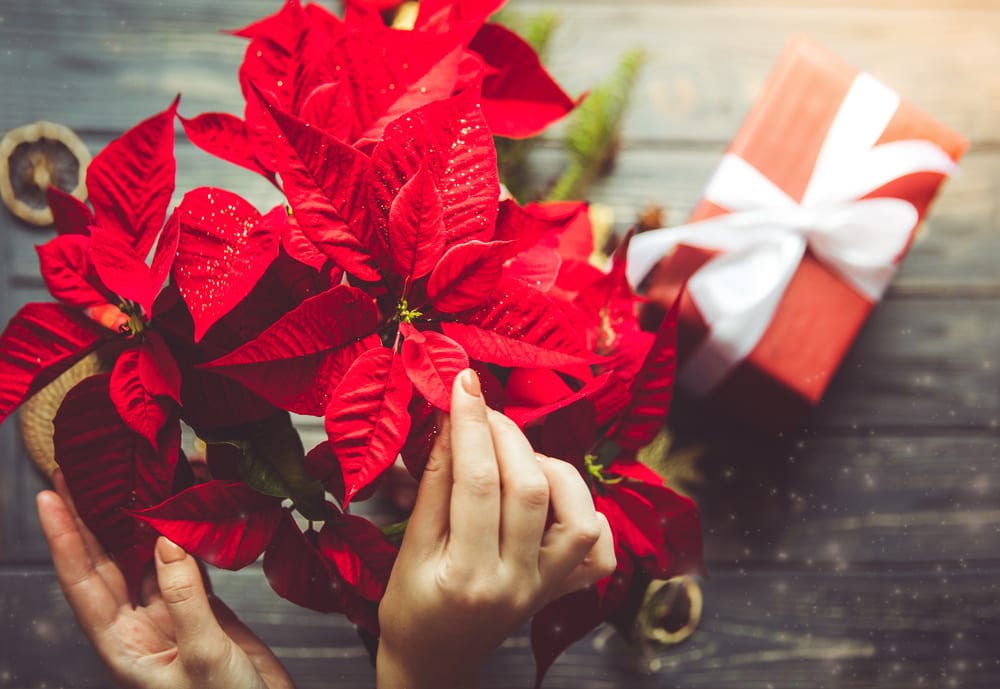
If allergens don’t get us, toxic plants could. Twenty holly berries will kill a child or a pet, and the plant’s bark, leaves, and seeds are also toxic. They contain the caffeine-related alkaloid theobromine, the same poison found, in much less concentrations, in chocolate, a treat that’s also poisonous to dogs.
The fruit of the Jerusalem cherry, which resembles cherry tomatoes, is toxic. The alkaloid solanocapsine won’t kill people, but it can cause gastric distress and vomiting, and it can make children sick or kill pets. Although the Christmas cactus isn’t toxic to humans, canines, or felines, if a cat eats the plant’s leaves or flowers, kitty could develop an irritated digestive tract, which could, in turn, result in “vomiting and diarrhea.”
Although poinsettias are also poisonous, they’re unlikely to kill people or pets. They can cause illness, vomiting, or “an itchy rash,” though, if “a few leaves” are eaten. It may be romantic to stand under the mistletoe, but its toxin, phoratoxin, “can cause blurred vision, nausea, abdominal pain, diarrhea, blood pressure changes, and even death.” All parts of this plant, including its berries, are dangerous hazards if eaten.
Other poisonous plants associated with Christmas include the amaryllis and the daffodil. Eaten, their bulbs, like those of the narcissus, “can cause abdominal pain, cardiac arrhythmias, and convulsions,” and their leaves, although less toxic, should also be avoided, because they contain the alkaloid poison lycorine. We also need to keep an eye on kids and pets if they’re around cyclamen. The plant’s tubers are especially dangerous to pets and “can cause nausea, vomiting, convulsions, and paralysis.”
While such Christmas trees as “cedars, pines, and firs are very mildly toxic,” their needles are more a cause of concern, as they can rupture the gastrointestinal tract, and their oil can irritate the mouth and skin.[7]
3 Chimneys

Santa may be able to negotiate our chimneys without any problem, but the homestead’s smokestack can be hazardous to the rest of us. Creosote is a dangerous substance “created during the combustion of solid and liquid fuels such as wood and gas.” When it accumulates and hardens inside chimneys, it can fuel a fire that destroys not only the chimneys themselves, but leaves us entirely homeless.
If animals curl up and die inside our chimneys or build nests therein, blocking the flues (which can also be obstructed by “falling leaves, debris,” or the accumulation of creosote), carbon monoxide can collect inside our houses, making our heads ache or making us feel nauseous or dizzy. The gas can also be fatal. In addition, flue cracks, caused by the “normal wear and tear” associated with fires, can distribute “smoke and fumes . . . throughout” our houses.[8]
2 Laser Lights

Laser lights may look great, but they can be hazardous. Just by pointing them at our houses, we can make it appear that we took the time and trouble, despite our tight schedules, to hang a ton of lights. However, laser lights can be disorienting; they can also damage the eyes.
For these reasons, laser lights can also interfere with pilots, if the lasers are pointed into the sky. Deliberately aiming lasers or laser lights at an aircraft can be costly. The fine is a whopping quarter of a million dollars. In addition, the penalty for this offense includes twenty years in prison![9]
1 Christmas Trees
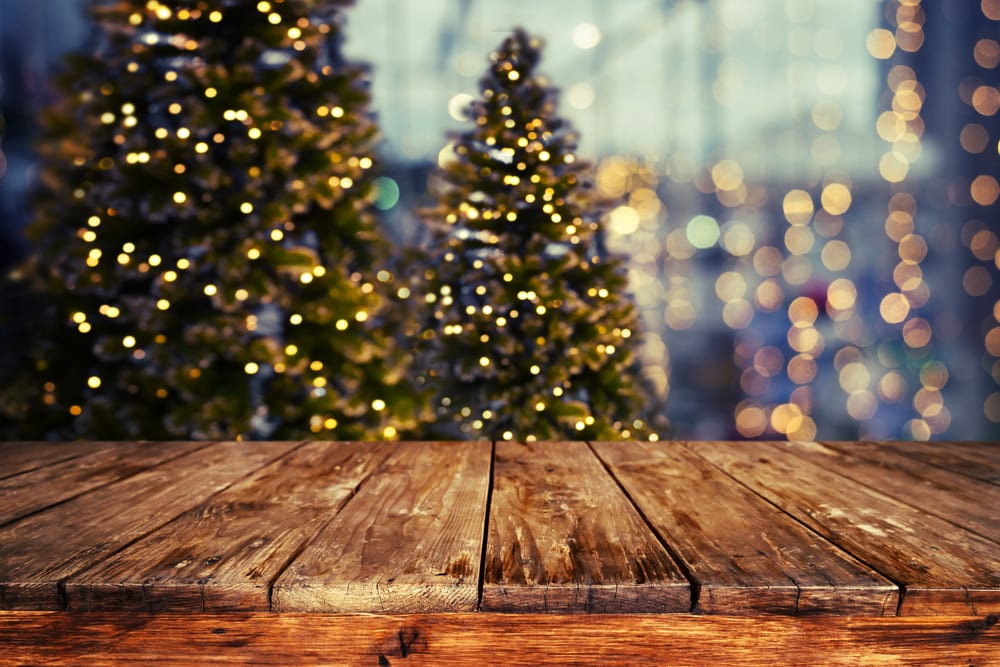
The Christmas tree itself is a potential Yuletide hazard, presenting several perils. Slipping and falling, getting cut, starting fires, getting shocked, and having trees topple over on us are all dangers associated with putting up or decorating fresh-cut trees or artificial ones, and such accidents are on the rise.
Setting “ladders on uneven or icy surfaces” or using chairs as makeshift ladders are two causes of accidents, and the falls that result from them can lead to serious injuries or even deaths. Tree skirts offer sliding surfaces upon which we may slip, lose our balance, and fall, suffering bruises, broken bones, or worse. In some such falls, victims have cut themselves on broken ornaments they’ve knocked from their trees.
Letting tree lights burn all night or unattended can result in devastating fires. In British Columbia, Canada, alone, there were 113 “Christmas-related fires” between 2010 and 2020. The use of electric lights on metal Christmas trees invites both electric shock and fire.
With all these dangers lurking, you’d better watch out! Merry Christmas![10]
10 Crazy Facts About Sinterklaas Day: The Insane Dutch Christmas



